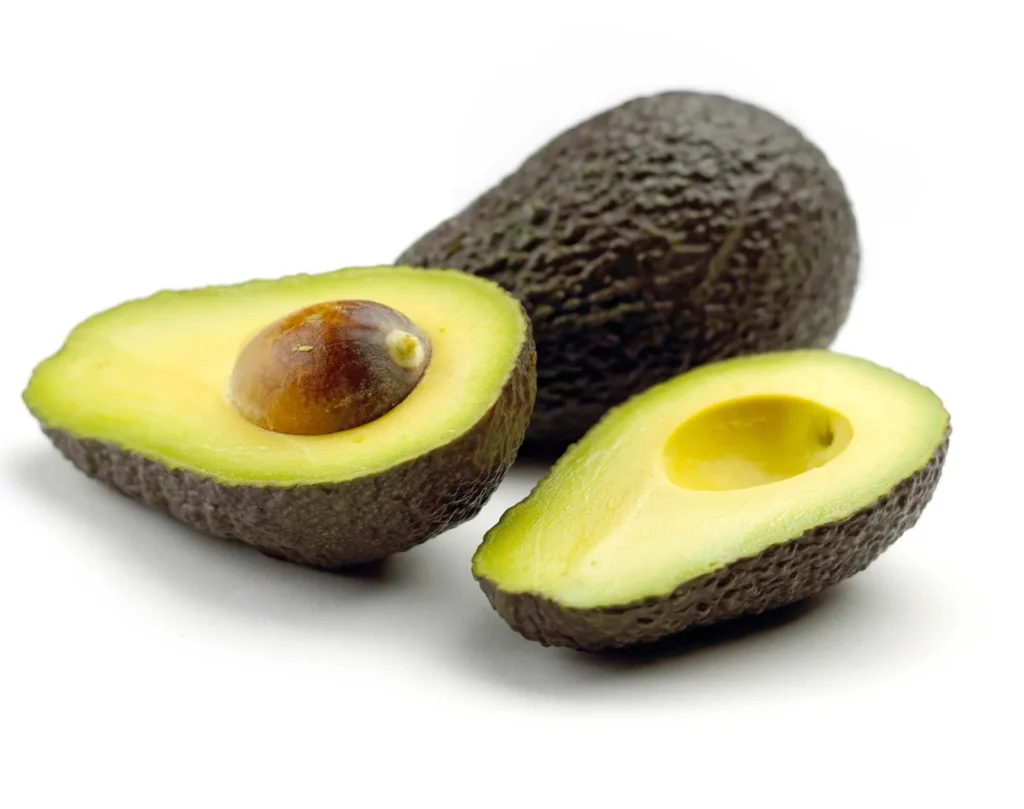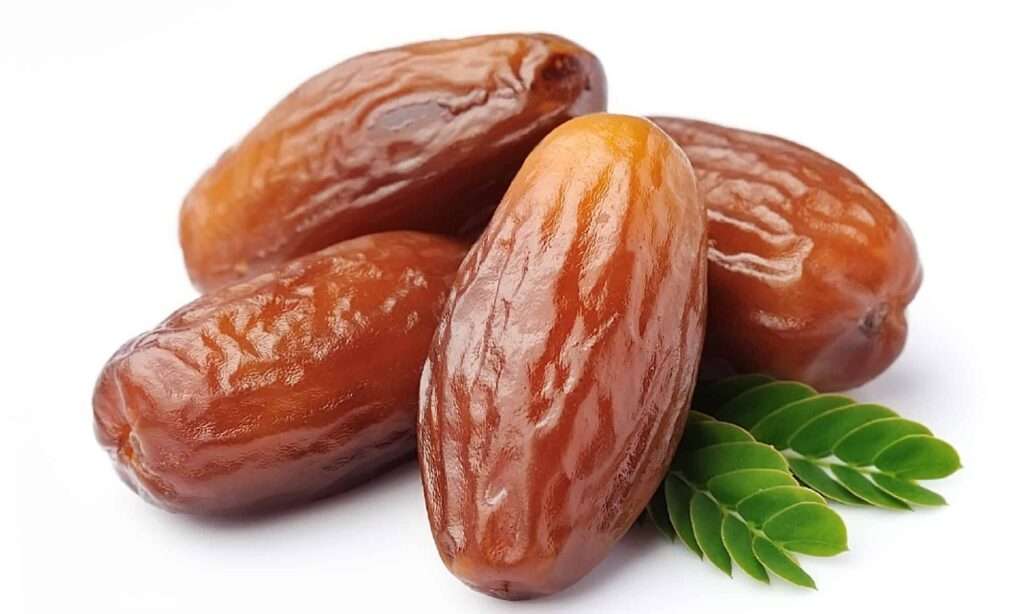
Description
The fruit has a spherical shape with a diameter of 15 to 20 cm. It has a thick, exterior husk, or shell, that is covered in sharp spines. It has five oval compartments, each of which is filled with a pulpy material that is cream in colour and contains one to five seeds the size of chestnuts. Numerous animals consume the ripe fruits, which are a vital component of the local ecosystem.
Uses
The custard-like pulp is utilized in a range of sweet and savory dishes and is edible at different stages of ripeness. If roasted, the seeds can also be consumed.

Nutrition
33% of DV of thiamine and a considerable amount of other B vitamins, vitamin C, and the dietary mineral manganese are all present in 100 g of raw or fresh frozen durian. The carbohydrate composition of various durian kinds from Malaysia, Thailand, and Indonesia varies by 16 to 29%, the fat content by 2 to 5%, the protein content by 2 to 4%, the dietary fiber content by 1 to 4%, and the caloric value by 84 to 185 kcal per 100 g.
Cultivation
Tropical climates that are extremely hot and humid are ideal for durian. Low humidity and freezing temperatures bother it. Durian requires soils that are deep, well-drained, fertile, and abundant in organic matter.
Table





